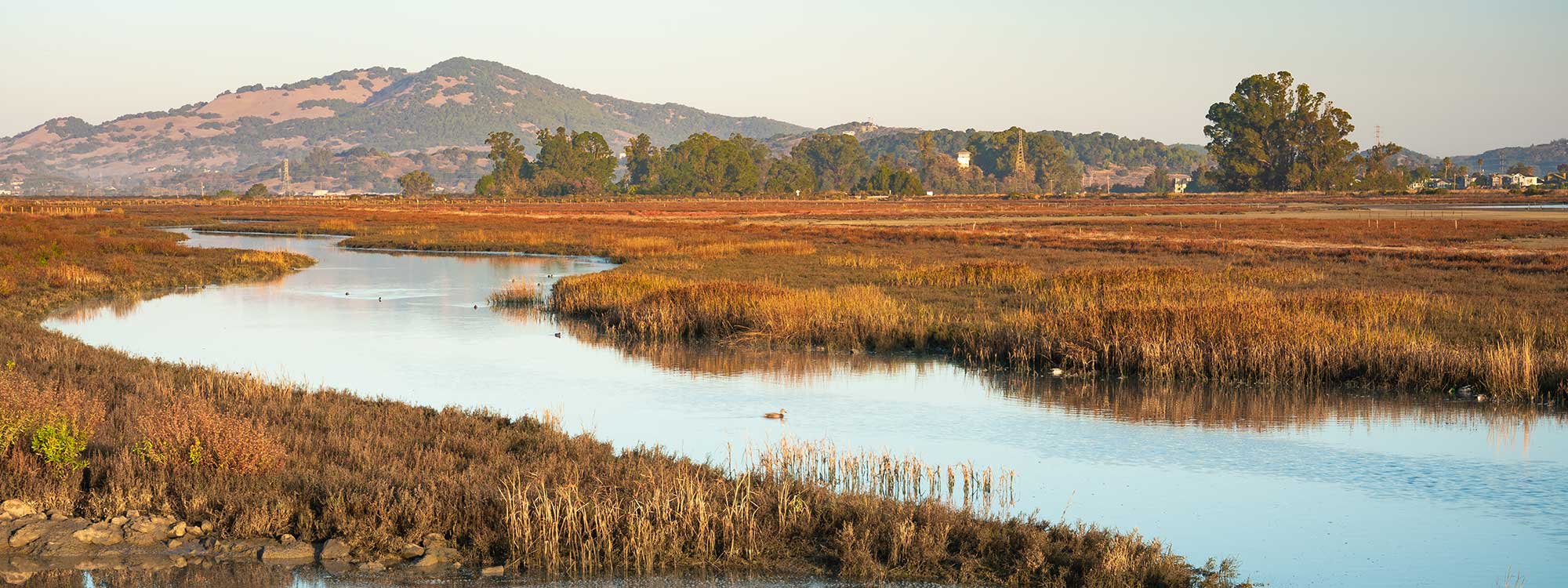In life, change is almost always inevitable. Sometimes we embrace it in order to sculpt new realities and better opportunities for our families and communities, and sometimes we push back against it, trying to protect what we have worked so hard to build. There is one significant change that we all have in common. The climate crisis. It is one of the greatest challenges to humanity, changing the landscape of our lives and our homes, whether we like it or not.
How do we adapt to this change?
The answer lies in the term so often paired with the word change: resilience. Resilience broadly refers to “an ability to recover from or adjust easily to misfortune or change” according to Merriam-Webster Dictionary.
The hazards that come with our changing climate, such as wildfires, floods, droughts, high heat incidents, sea-level rise, and other extreme weather events certainly cause misfortune in our communities and ecosystems. Our goal with climate change resilience should not only be to recover from these hazards when they strike but to also make sure that our communities, landscapes, and ecosystems can respond and adapt to risks in a way that leaves them better prepared for future climate events.
Responding to the climate crisis requires examining the root causes of the problem and designing solutions that not only protect what we have invested in but create pathways to transformational change in the face of crisis that propels us to thrive. This view of climate resilience is adopted by Greenbelt Alliance because we have already identified some solutions that make our ambitious vision possible, and it all begins with nature.
Nature-based Solutions to Climate Change
Our natural landscapes provide us with incredible tools for reducing climate risks. These tools are formally called nature-based solutions in environmental circles. Unlike grey infrastructure, which are man-made structures such as dams, seawalls, etc., nature-based strategies leverage the function of natural and working lands to build resilience to climate hazards. They absorb floodwaters, buffer against wildfires, and recharge groundwater. They sequester carbon and reduce future emissions. They are also places to visit for recreation where you can improve your physical and mental health, and they provide the rich biodiversity unique to the Bay Area.
Once you learn about all of the amazing benefits our natural and working lands provide us, it is hard to imagine creating solutions to climate change without incorporating nature.
However, our natural and working lands are at risk of losing these beneficial functions due in large part to sprawl development. As more low-density development occurs on the outskirts of urban centers, encroaching on these landscapes, we are losing the benefits that open spaces provide. And as people move further away from the cities and towns where they work and get services, we see more cars on the road, leading to an increase in greenhouse gas emissions—a driving factor of climate change.
That’s why at Greenbelt Alliance, we have come up with a plan to address this challenge so that local governments, community leaders, and investors can protect natural and working lands and employ them to build climate resilience through nature-based solutions.
We are creating the first-ever comprehensive analysis of the lands that are at the highest risk of sprawl development and climate hazards, but have the most opportunities for building climate resilience. Our effort seeks to determine which nature-based policy solutions can be utilized at these choice locations to prioritize the wellbeing of the people who will be the most vulnerable to the climate crisis.
Greenbelt Alliance calls these places Bay Area Resilience Hotspots.
Bay Area Resilience Hotspots
Our Bay Area Resilience Hotspots research will act as a tangible resource and near-term action agenda for where governments and investors should focus their attention to reduce climate risks through nature-based solutions. This effort is filling a current void in information by taking into account multiple climate hazards, and the optimal land-use policy solutions that reap multiple benefits to communities, the government, and the environment.
We know that nature operates beyond political boundaries, which is why we are taking a holistic approach to our analysis, and mapping areas by looking at a watershed scale to make sure that regions understand the underlying connections and nuances of climate risks and solutions.
If leaders prioritize these areas where immediate action is needed to protect the most vulnerable communities, safeguard critical natural infrastructure, and address urgent climate hazards, they can actualize our transformative vision of resilience that seeks to improve the wellbeing of our entire ecosystem.
This is the potential of our Bay Area Resilience Hotspots project.
This blog is an introduction to the work we are conducting to identify Bay Area Resilience Hotspots and is part of a broader series that seeks to illuminate some of the challenges and opportunities in preparing the region for the climate crisis.
Get email updates from Greenbelt Alliance!
Fill out the form below to receive email updates from Greenbelt Alliance—it’s the best way to stay up-to-date on our work throughout the Bay Area, get our latest outings calendar, and take action in your own community. We will never share, trade, or sell your email address. Read our privacy policy here.
Photo: Hamilton Wetlands by Shira Bezalel





